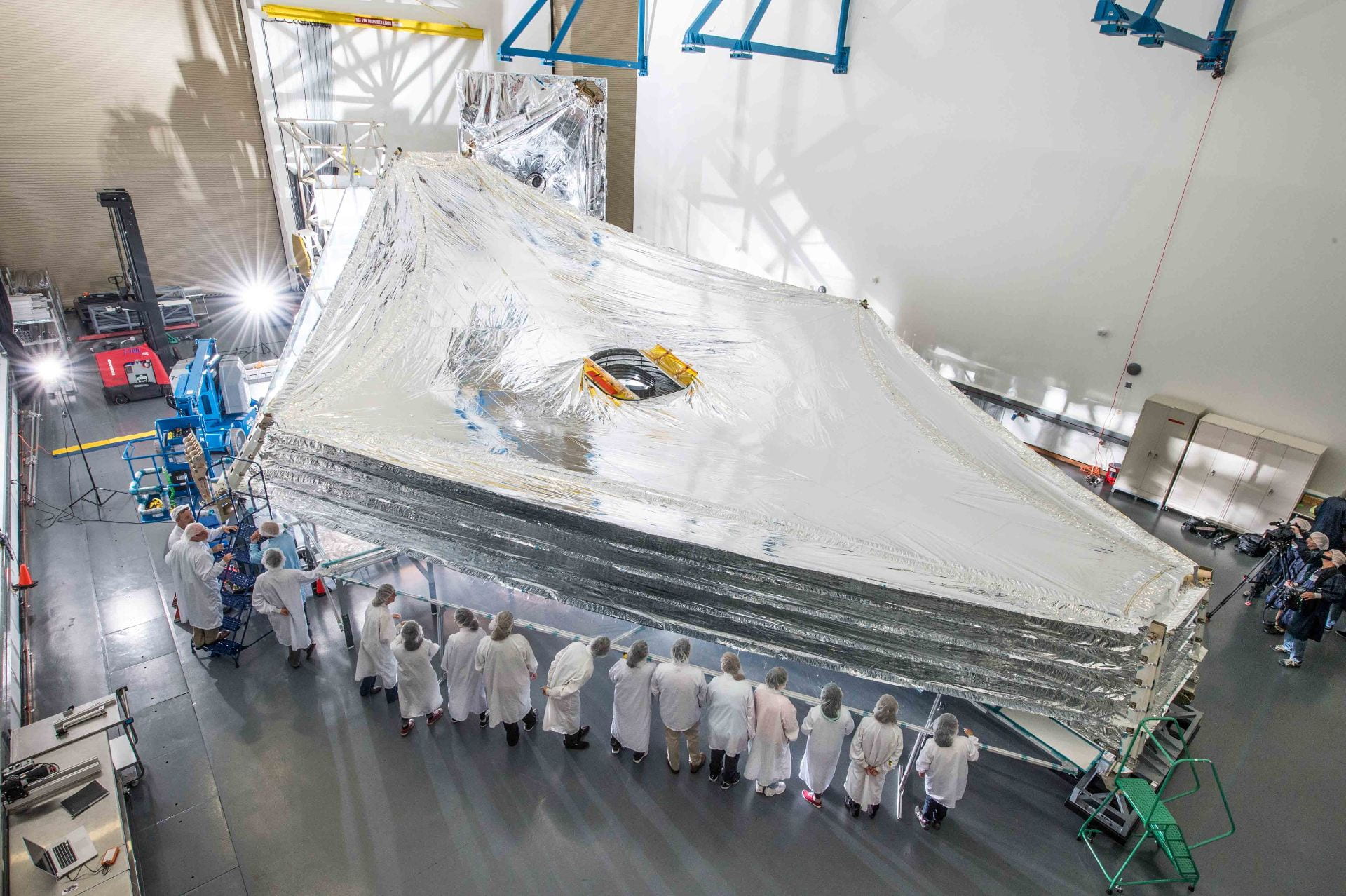If everything has gone according to schedule, the James Webb Space Telescope (JWST) launched on December 24 and is currently on its way to its final orbit. JWST is designed to be a revolutionary telescope, building on the accomplishments of both the Hubble and Spitzer Space Telescopes. With its infrared instruments, it will enable us to see stars that were previously hidden by dust and to even detect water in the atmospheres of exoplanets. Its huge mirrors will help us collect more light to study the very earliest galaxies and uncover more information about how our universe was formed. Yet, the JWST will still give us gorgeous images of the universe, like Hubble does.
The mission has been in development since 1989, and astronomers around the world have already submitted proposals for their research projects to be part of the 5-10 years of science expected from the telescope. Now, astronomers around the world are biting their nails. There have been numerous delays up to now, but the next month is the scariest part. Why?
A History of Failure
Flinging anything into outer space is scary business. Astronomers also have history looming over their shoulders. In 1990, when the Hubble Space Telescope launched, the telescope wasn’t perfect. There was a problem with the mirror, resulting in blurry images. It took three years of tests and intense training before a shuttle mission was sent into space with astronauts, who manually added corrective lenses to the telescope, before we could get the spectacular images that the telescope is now known for.
Unfortunately, there are even more things that could go wrong with JWST. Actually, there are hundreds of things that could go wrong; the telescope has 50 major deployments, 178 release mechanisms (107 for the sunshield alone), and 300 single point failure items, and all of these parts need to work perfectly for the telescope to unfold.

Wait, Unfold?
The telescope is a marvel of origami; it needs to be in order to fit inside the rocket which launches it. It will take at least two weeks for the unfolding process to happen, and although it has been tested on the ground, it is still nerve-wracking. I know every time I watch the simulation, I get worried.
Like any telescope, JWST is a delicate instrument. Which we have put on top of one of the most powerful rockets in the world. During launch, JWST suffers extreme vibrations and heat exposure. Tests to ensure it survives launch are a crucial part of preparation, and some of the delays have been because of these tests.
The Last Chance
More than the physical stresses of launch, this event also represents the last chance to tweak anything. JWST will orbit not the Earth, but the Sun. It will be 1 million miles from us — too far away for us to do anything if something goes wrong. At that distance, its giant sunshield will keep the scientific instruments shielded from the heat of the Sun and the Earth.
Astronomers around the world will be anxious over the next six months. Although the unfolding will complete in a month, there are still some alignment procedures and test targets to observe. In six months, the next generation space telescope will be ready for astronomers to take observations, and we will learn exciting new science over the next decade.
In the meantime, if you know an astronomer in your life, make them a cup of tea and tell them it will be alright.
If you’d like to learn more about JWST, I highly recommend the official YouTube channel for the telescope.
Edited by: Taylor Woodward and Kat Munley

Leave a Reply